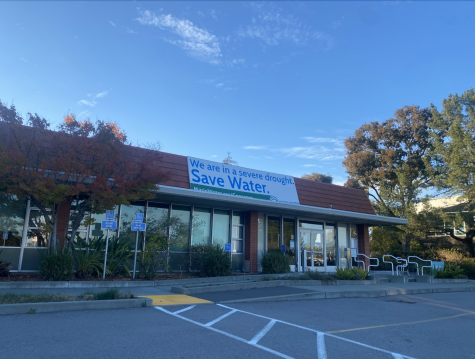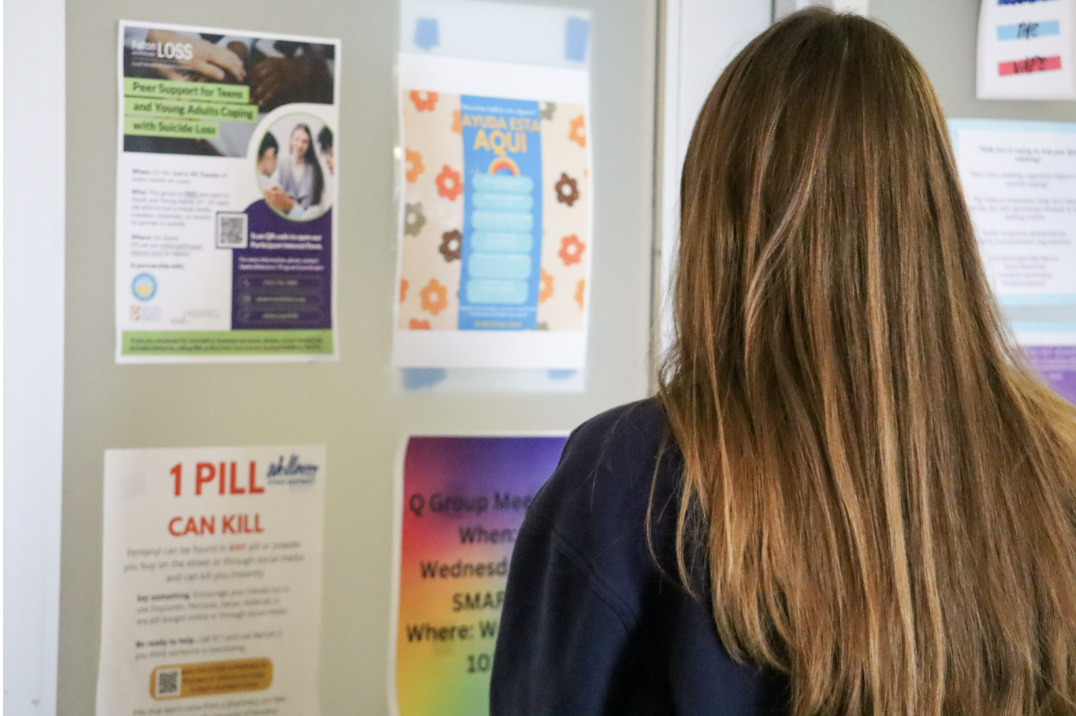Amid a rise in support, desalination poses salty consequences for Marin
December 19, 2021
Throughout California, there has been a recent rise in support for the increased use of desalination plants, sparking a conversation in Marin about the possibilities of desalination plants for the county.
Central Valley farmers and Southern California desalination supporters have been petitioning and collecting signatures for the passage of the Water Infrastructure Funding Act of 2022, which would require California lawmakers to set aside $4 billion every year to fight the water shortage through infrastructure, such as desalination plants. To qualify for the November 2022 ballot, the act needs 997,132 signatures by April 29.
However, the Marin Municipal Water District (MMWD) has chosen to continue to explore other methods to increase water availability for residents, such as the Richmond-San Rafael Bridge pipeline project, due to the many drawbacks associated with desalination plants.

Desalination technology uses chemicals to remove the salt from seawater, creating fresh drinking water. With 12 desalination plants already in California, as well as prime access to the Pacific Ocean, support for increased use of desalination plants has been on the rise in the past years. Counties across the U.S., like New Mexico City, as well as many other drought-stricken countries like Egypt, are currently forging ahead with their desalination plans. According to Larry Russell, the vice president of the MMWD Board, desalination’s surface-level appeal comes with many barriers and limitations.
“The biggest limitation is … there is an election requirement in order to implement desalination,” Russell said.
Russell also emphasized the high costs and energy usage needed to run a desalination plant in Marin and the issue of the salt waste it produces. However, he mentioned that desalination is not completely off the table; if the MMWD was to go through with it in the future, they would need to raise a considerable amount of funds for the expensive project, as well as expect a large increase in water costs.
“We are talking about double or triple the cost of water from a desalination plant … so it’s a pretty big hit,” Russell said.
Daniella Brandao, a senior project manager in the infrastructure division of the San Francisco Public Utilities Commission, claims that desalination plants cannot be considered as a stand-alone solution to California’s droughts.
“We need to really develop integrated plans that have diversified water sources … If you look at desalination alone, it will likely not solve the problem,” Brandao said. “Desalination produces a very concentrated waste, and handling and disposing of that waste creates other problems.”
This produced waste is concentrated brine. According to Brandao, the brine consists of both the salt itself as well as the chemicals used to remove it, therefore posing yet another problem. Adding the waste back into the ocean could be harmful to the environment and the sea life because of the brine’s high salinity concentration.
According to Brandao, desalination is also less efficient than other methods to attain drinkable water, however, these alternatives face their own issues.

“With desalination, only 40 percent of what you put in comes out as freshwater, because of all the salts. If you compare that with wastewater … [where] you get at least 60 percent [that] comes out as [drinkable] water. The problem there is the public acceptance around wastewater,” Brandao said.
Mitch Cohen, an Advanced Placement (AP) environmental science teacher at Redwood, also does not envision a desalination plant as an effective drought solution for Marin due to its negative impacts on the environment.
“The main drawbacks are our costs and then energy. It’s a pretty energy-intensive process. So, burning fossil fuels in order to take salt out of water — that doesn’t seem like a good recipe in an age of climate change,” Cohen said.
After considering the temporary implementation of desalination plants, the MMWD has decided against desalination for now and is instead pursuing the Richmond-San Rafael Bridge pipeline project, among other infrastructure efforts. This pipeline project allows for Marin to gain access to water in a more affordable and faster process as opposed to desalination plants.
While there are many water-conserving infrastructure options being explored, there are many things individuals can do to conserve water in their homes as well as advocate for more sustainable options.
“We need long-term, sustainable, reliable and resilient solutions,” Brandao said. “It’s [about] looking at a holistic approach to water resources management and not simply promoting something that sounds like it’ll give us more water so we can water our grass. [We need to] understand the water sector and value it.”![]()






